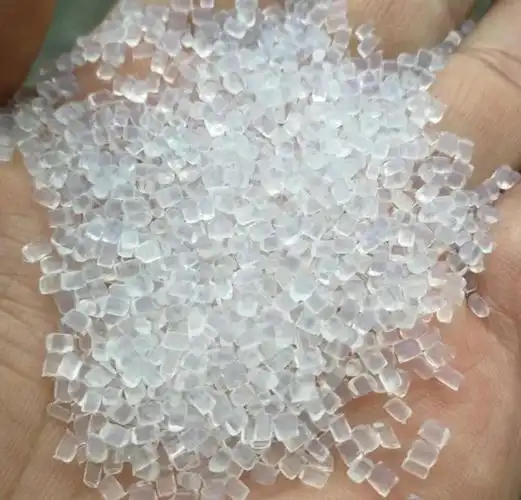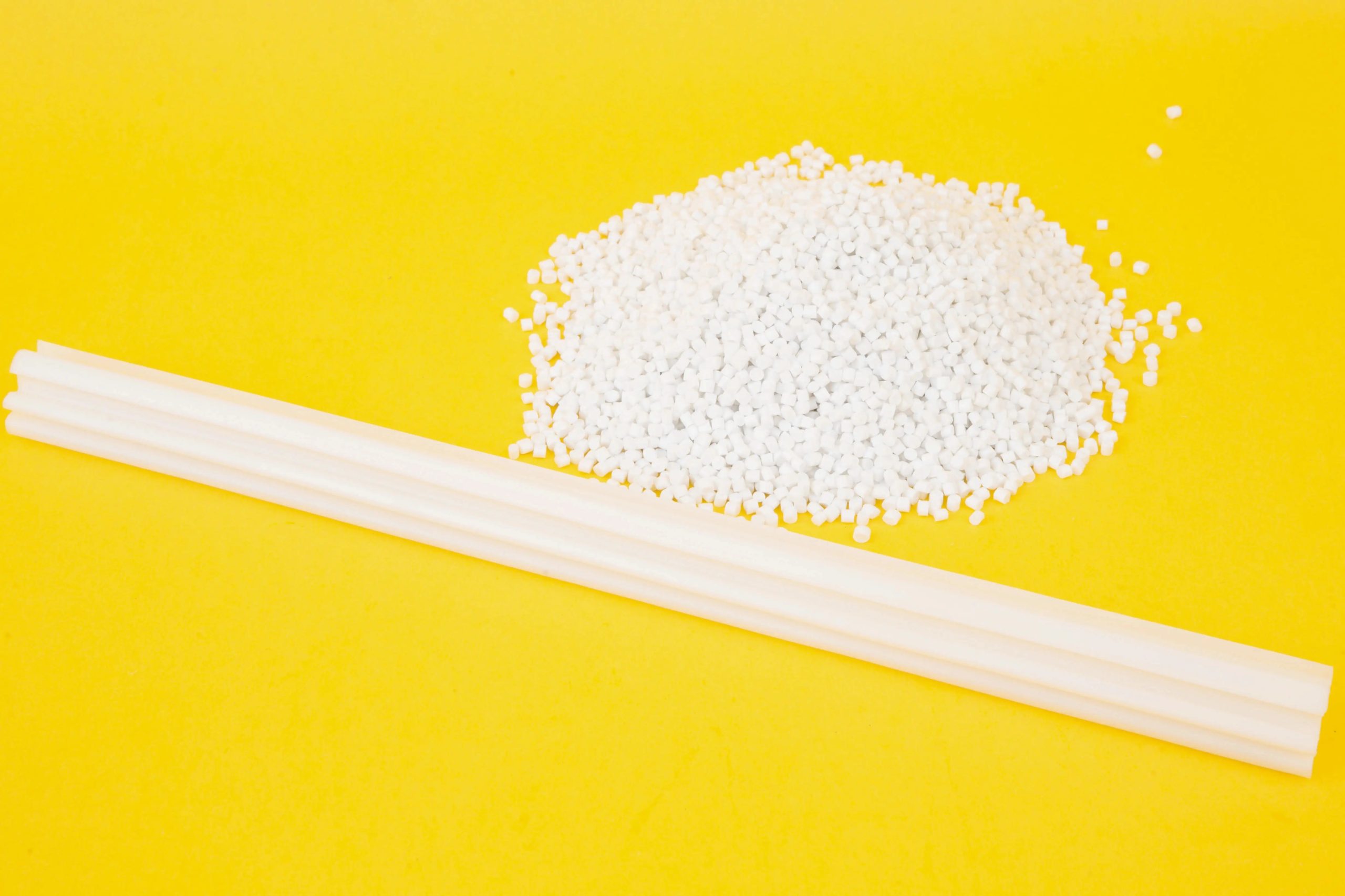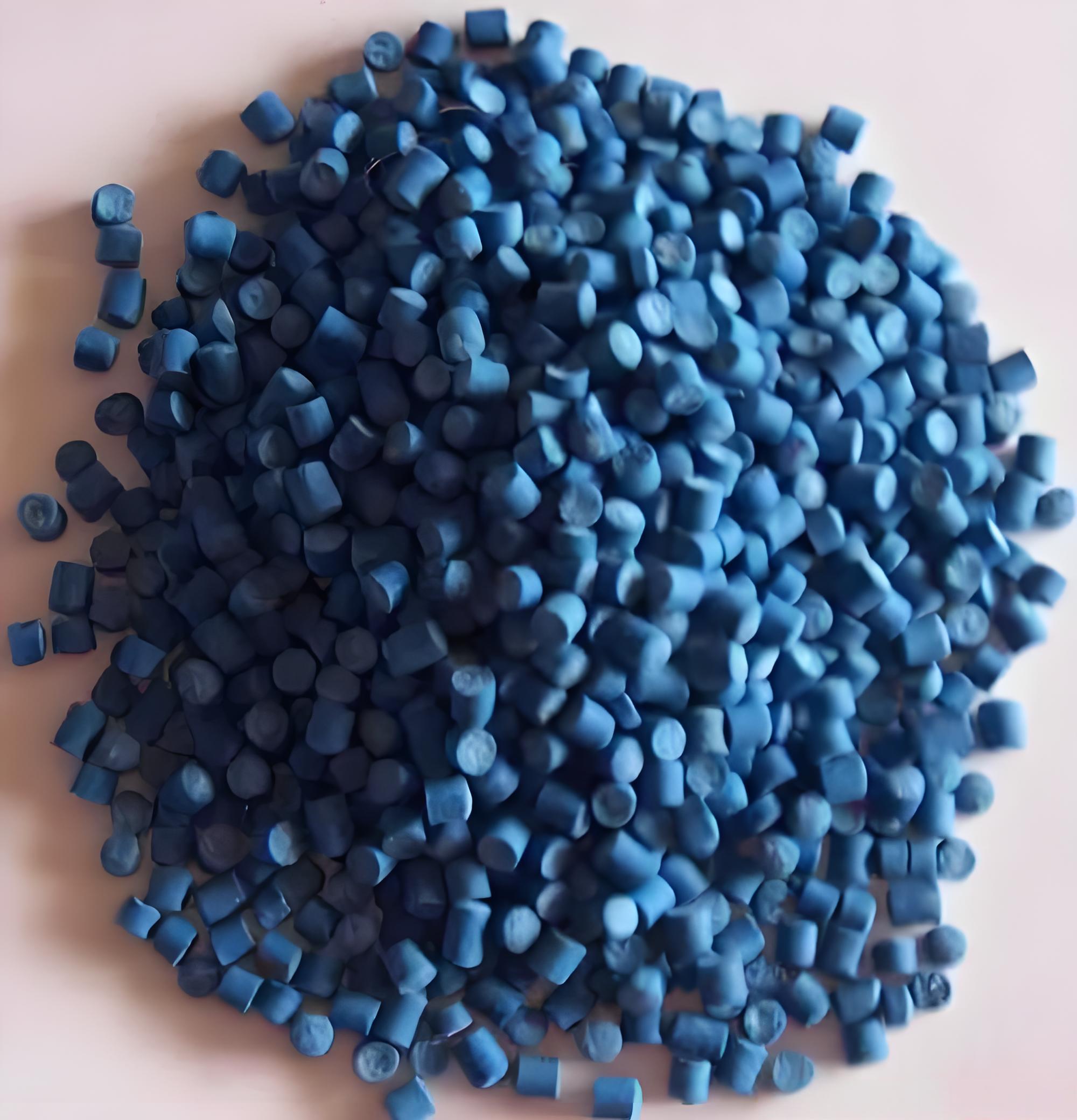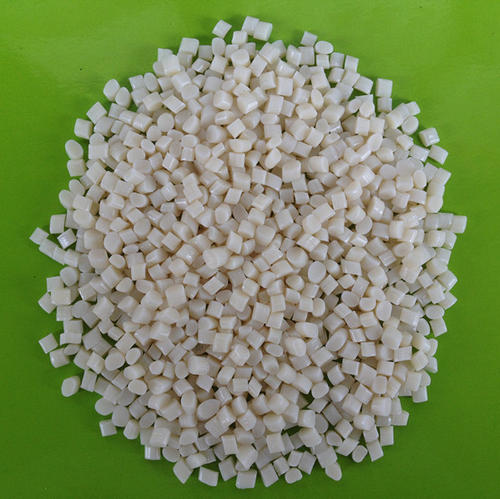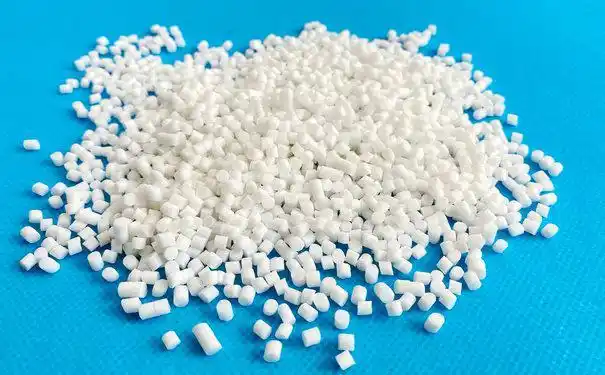Is the Odor from TPR Harmful to Human Health?
Having spent over a decade in the materials industry, working with everything from automotive seals to consumer goods, I’ve handled my fair share of TPR (Thermoplastic Rubber). One question that keeps coming up, especially from concerned consumers and product designers, is whether the odor from TPR is harmful to human health. It’s a legitimate worry—nobody […]
Is the Odor from TPR Harmful to Human Health? Read More »

